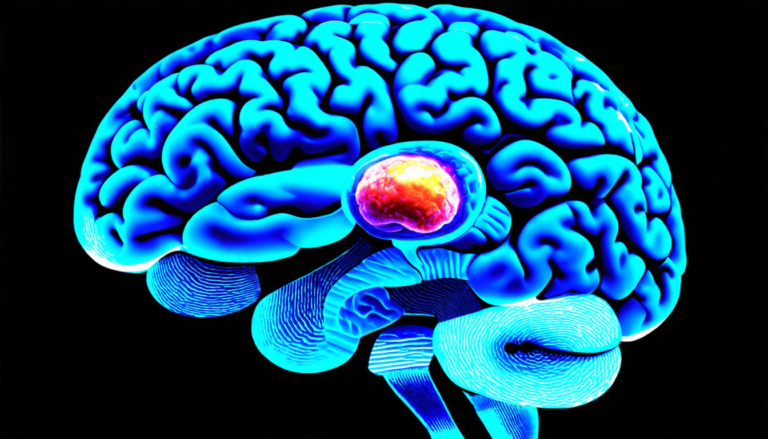Wednesday 09 April 2025
As we navigate the scorching hot summers and freezing cold winters, our bodies are constantly battling to maintain a comfortable temperature. But have you ever stopped to think about how buildings and urban landscapes affect our thermal comfort? A team of researchers has been working tirelessly to crack the code on predicting mean radiant temperatures (MRTs) – a crucial factor in determining our body’s ability to regulate its own heat.
The concept of MRT is simple: it’s the average temperature that our skin feels when exposed to radiation from surroundings, such as buildings, pavement, and even the sun. Sounds straightforward, right? However, predicting MRTs has long been a challenge for scientists due to the complex interplay between various environmental factors like air temperature, humidity, wind speed, and more.
Enter the world of deep learning and physics-informed neural networks (PINNs). These cutting-edge technologies allow researchers to analyze vast amounts of data and identify patterns that traditional methods may miss. In this case, a team of scientists utilized PINNs to develop a novel framework for estimating MRTs in urban environments.
The approach relies on combining fisheye images – taken from unique camera angles – with metadata such as air temperature, humidity, and wind speed. These inputs are fed into the neural network, which then learns to predict MRTs with remarkable accuracy. The results show that this framework can accurately estimate MRTs even in scenarios where direct measurements are unavailable.
One of the most exciting aspects of this research is its potential application in urban planning and architecture. By incorporating MRT predictions into building design and city planning, architects and policymakers can create more comfortable and sustainable environments for citizens. For instance, designing buildings with shading structures or optimizing urban green spaces can help reduce the urban heat island effect, making cities more livable.
Moreover, this technology has far-reaching implications for public health. As climate change continues to intensify, understanding how our surroundings affect our thermal comfort becomes increasingly important. Accurate MRT predictions can inform strategies for mitigating heat-related illnesses and improving overall well-being.
The future of urban planning and architecture is no longer just about aesthetics or functionality – it’s about creating environments that support human health and comfort. As scientists continue to push the boundaries of this technology, we can expect to see more innovative solutions emerge. For now, the possibilities are endless, and one thing is certain: our understanding of mean radiant temperatures will never be the same again.
Cite this article: “Unlocking Urban Thermal Comfort: A Physics-Informed Neural Network Approach for Estimating Mean Radiant Temperature”, The Science Archive, 2025.
Urban Planning, Architecture, Thermal Comfort, Mean Radiant Temperature, Deep Learning, Physics-Informed Neural Networks, Urban Heat Island Effect, Public Health, Climate Change, Sustainability







